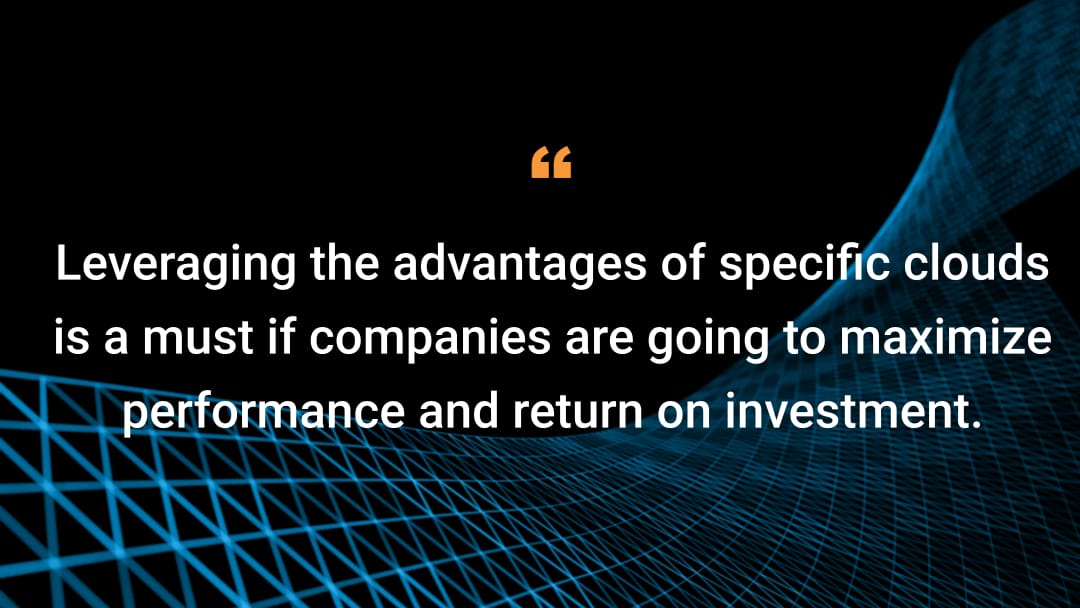A CEO’s Perspective: Data Transfer Is the Silent Killer

Johnny Dallas, the CEO of the developer-focused application platform company Zeet, remembers when cloud-first strategies could be boiled down into one straightforward proposition: “We can run your compute.” That made cloud easy to use.
But as cloud computing services have evolved and grown, many companies using cloud haven’t adapted in kind. In an on-demand audio webinar, I joined Dallas — along with IDC analyst Dave McCarthy — as he outlined the ways companies need to change their approach to cloud to maximize performance and cost savings.
According to Dallas, there’s one line item in particular that keeps catching companies by surprise. “Data transfer costs increasingly come into play,” says Dallas. “People don’t account for that often in their initial architecture.”
The cost of moving data through the cloud
Dallas sees companies increasingly becoming cloud native, looking for support or software as a service, and moving more data throughout the cloud. But those same companies aren’t always accounting for that in their cloud architecture.
This has caused something of a cascade effect. McCarthy said that data from IT buyers shows that cloud computing accounts for 31% of total IT budgets, a figure he calls “incredible,” but one which also indicates a large amount of workloads haven’t yet made it to the cloud.
Reality vs. expectations
The reluctance, said McCarthy, comes because the reality of the cloud experience often does not match the expectations. For example, nearly two-thirds of IT buyers told IDC that they were spending more than they had anticipated.
But there’s another factor: 61% said their company had put something on the public cloud but it hadn’t worked the way that they wanted. “That’s an indication those workloads weren’t being optimized for the cloud environments they were running in,” says McCarthy.
The right workload for the right cloud
During the webinar, Dallas offers up a great example of why workload placement is the key to getting the most out of your cloud deployment.
They thought about it not as which cloud do we want to be on, but which workload should be on each of these clouds, leveraging the benefit of each cloud individually.”
“We had a team come to us looking to deploy to the edge in as many locations as possible,” says Dallas. “One team chose three clouds for three use cases: Data workloads on Google Cloud Platform, networking on Akamai, and development and compute on Amazon Web Services. They thought about it not as which cloud do we want to be on, but which workload should be on each of these clouds, leveraging the benefit of each cloud individually.”
Leveraging the advantages of specific clouds is a must."
Specialization is the key
Dallas noted that leveraging the advantages of specific clouds is a must if companies are going to maximize performance and return on investment. For example, if a cloud services provider debuts a service that no one else has, “You want to use that,” says Dallas.
Additionally, because the cloud computing space is still very active, companies are constantly changing what it means to be a cloud provider. That competition leads to specialization, he said, and that specialization drives the ability to match workloads with the right clouds to increase efficiency, which creates cost savings on computing and, critically, on data transfer.
“Data transfer is the silent killer,” says Dallas.
Get the whole story
To hear more of the discussion and learn how you can better distribute your workloads across your cloud infrastructure, listen to the webinar on demand.


